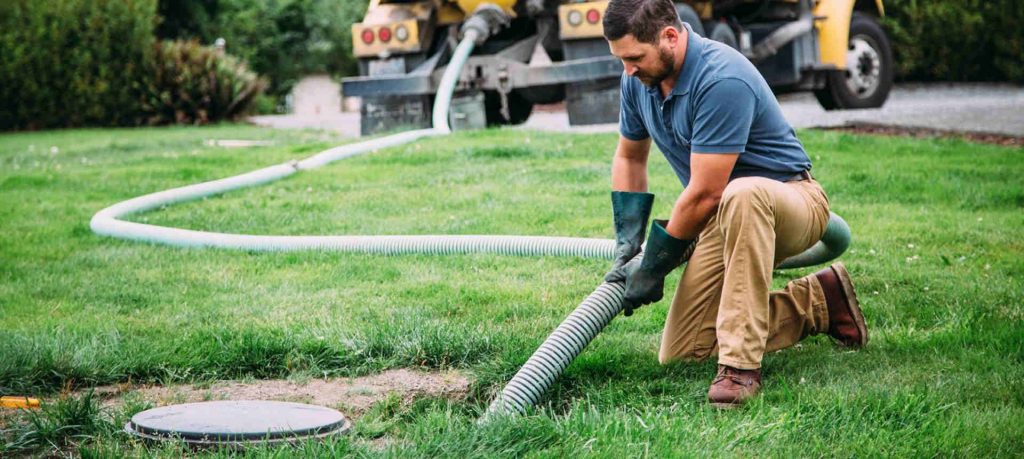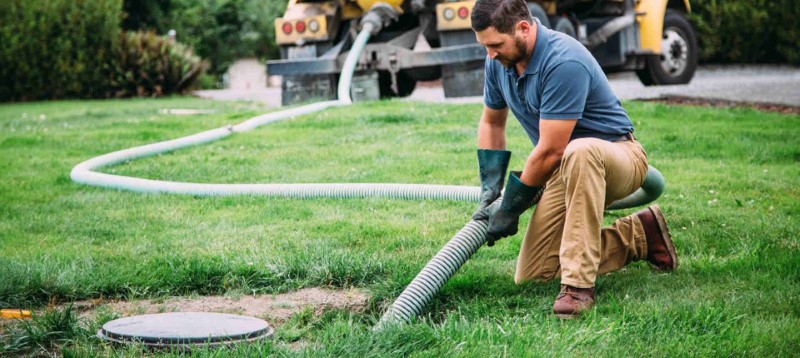
You weren’t ready for a sand mound system but not that you’ve moved into your new home, you just can’t help but be amazed at how a wastewater treatment system in your yard could be adjusted to accommodate a high water table and soil that has a poor percolation rate. It has become your mission to find out what could possibly help you maintain your sand mound system.
Coming across sand mound maintenance products has sparked your interest. Are these as good as they say they are or are these just prettied up for consumers like you? Well, it doesn’t hurt to do a little research so that’s exactly what you’re doing with your laptop.
Sand mound maintenance products seem to be exaggerated by their manufacturers. These people promise so many things to their potential consumers including not having to pump out their systems ever again. Some consumers actually believe what they say and end up not adhering to the scheduled pump outs anymore. This is one of the downsides to using these sand mound maintenance products.
But if these manufacturers promise this and that, how can the homeowners really know if what they buy is a great product for their sand mounds? Sadly, there is no standard test facility for every sand mound maintenance product out there. The homeowners are just left to decide on their own if it’s wise to use such products on their sensitive sand mounds. Most of the time, you just have to forget about the promises and the brands. You just have to look at the essentials.
All sand mound maintenance products are classified into chemical and biological additives. Chemical additives are not very good to use on your sand mound because the harsh acids and bases corrode the components and destroy the resident bacteria. More problems would just arise when you use them. The yeast and the baking soda seem to improve the system at first but if use longer, they negatively affect the sand mound system. The biological additives are the most ideal to use in maintaining your sand mound. These non-pathogenic bacteria and enzymes are able to hasten the breakdown of solid wastes and eliminate foul smells while making sure that the environment is safe. There are states that mandate the use of these biological additives. They are naturally occurring and do not corrode your skin if ever you mishandle them.
Chemical additives are known to have the following negative effects:
• Sulfuric acid kills bacteria and damages the physical parts of the sand mound system.
• Naphthalene, alkene, and benzene components are established pollutants.
• Formaldehyde, quartenary ammonium, zinc sulfate, and paraformaldehyde are biocidals when they are used in high doses.
• The top layer of scum in the sand mound tank is broken off. This releases the floatable fats ad grease into the soil absorption system and as a result, the system gets clogged up.
• These additives activate the production of more methane bubbles that lift the solid wastes over to the soil absorption system and sand filters. Blockage then follows immediately.
Even if you do decide to use enzymes as sand mound maintenance products, experts say that they won’t even give as much benefit to the system. Human waste is richer with the needed enzymes to accelerate the performance of the sand mound. These experts argue that you don’t really need the enzymes or anything else. Just human wastes and constant pump outs will do. But whatever you choose in the end, remember that you have to be responsible for your sand mound. It may be a good idea to consider sand mound maintenance products for your septic system. Use it well and pump it out regularly.
